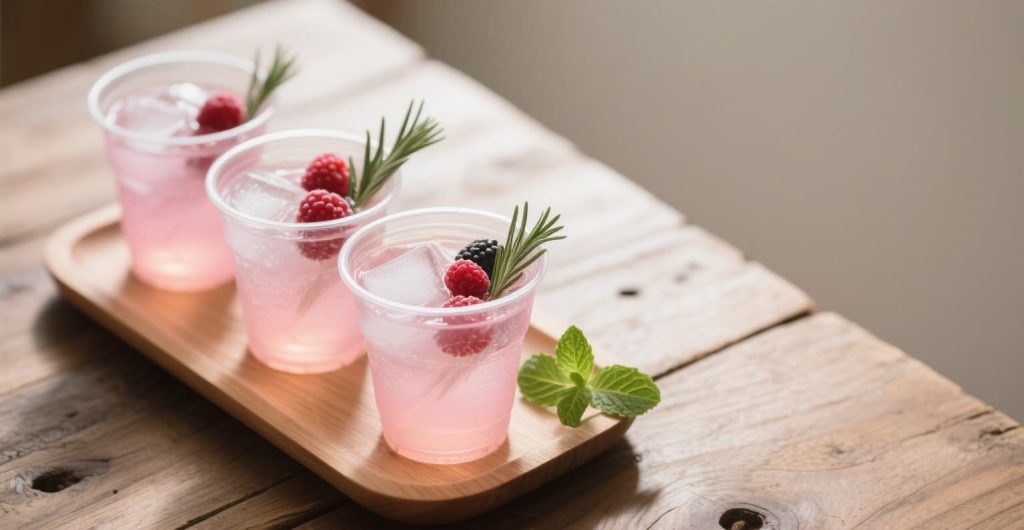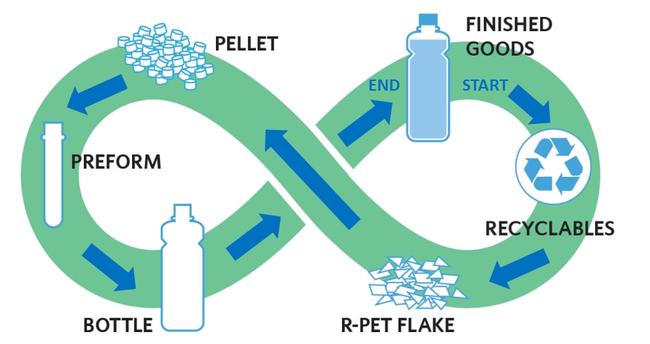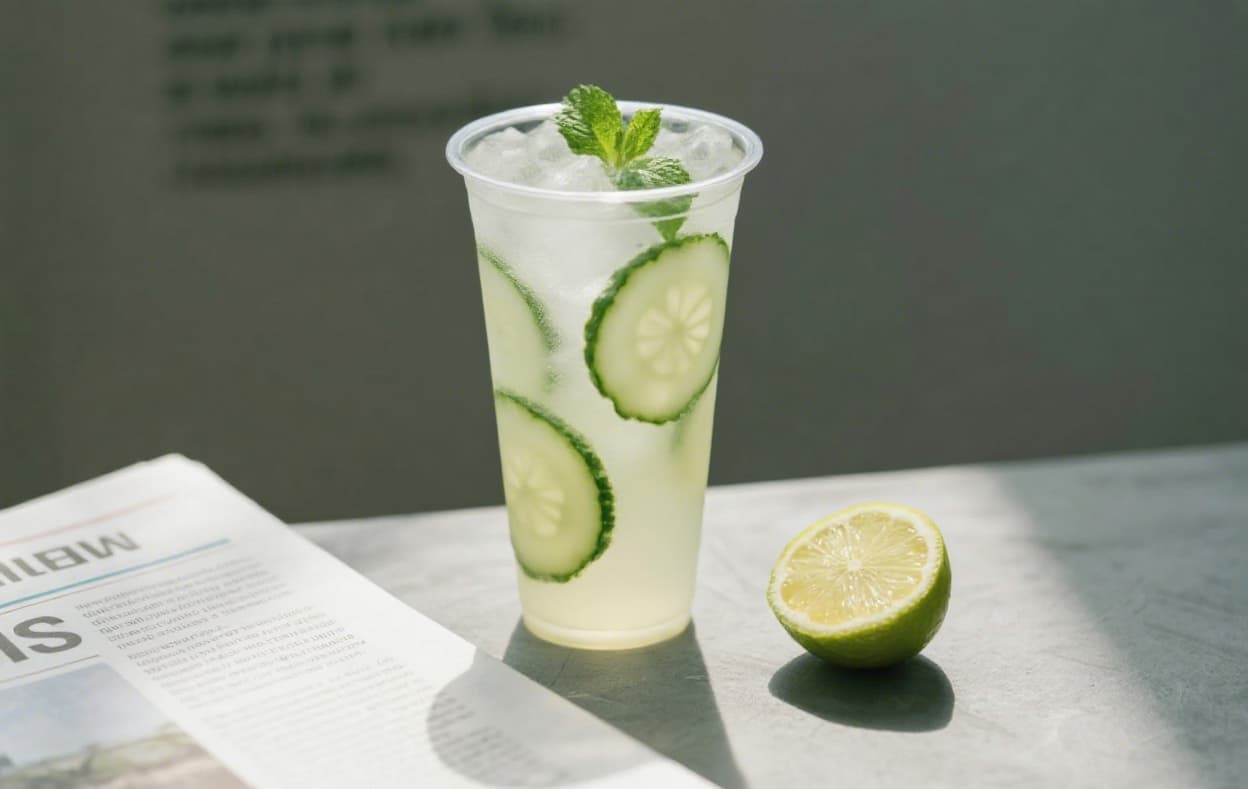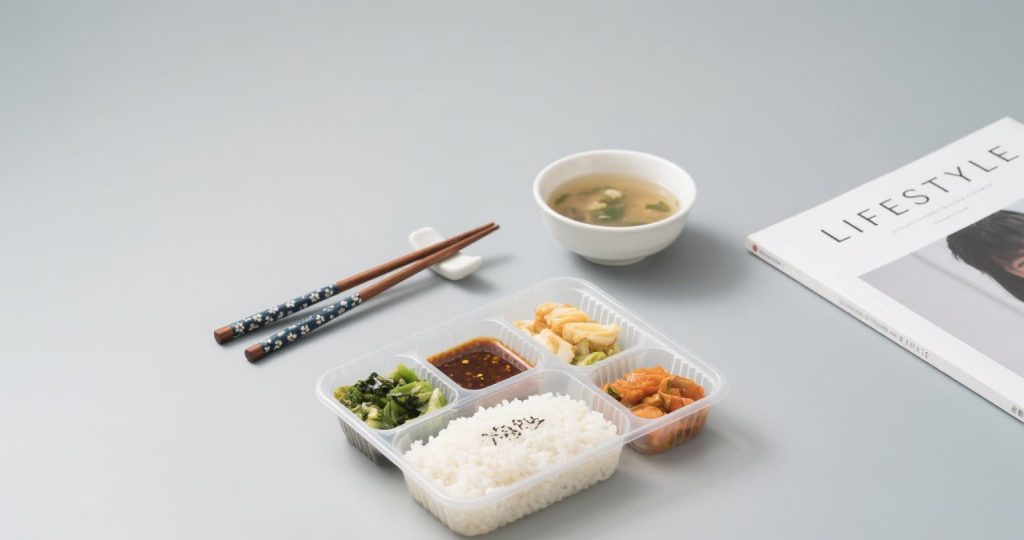Introduction
Plastic packaging boxes have become a staple in the foodservice and retail sectors, offering convenience, safety, and cost efficiency. However, despite their widespread use, they are often misunderstood. From sustainability myths to health concerns, misinformation can influence consumers and businesses alike. In this article, we’ll debunk the 10 most common misconceptions about plastic packaging boxes—using facts, industry insights, and scientific evidence to set the record straight.
1. ♻️ Plastic Packaging Boxes Cannot Be Recycled
Misconception: All plastic packaging ends up in landfills and cannot be recycled.
Reality: Most plastic packaging, such as PET and PP containers, is fully recyclable when disposed of properly. Advanced recycling systems and closed-loop processes are helping industries reduce waste significantly. In fact, RPET (Recycled PET) packaging is becoming a global trend in sustainable packaging.

2. 🌍 Plastic Packaging Is Always Harmful to the Environment
Misconception: Plastic equals pollution.
Reality: Environmental impact depends on material type, disposal methods, and recycling rates. Single-use plastics are problematic when mismanaged, but lightweight plastics often have lower carbon footprints compared to heavier alternatives like glass or metal, due to reduced transportation emissions.

3. 🍽️ Plastic Packaging Leaks Harmful Chemicals into Food
Misconception: All plastic boxes release toxins when in contact with food.
Reality: Food-grade plastics, such as PET and PP, undergo strict regulatory checks (FDA, EU standards) to ensure safety. These materials do not release harmful chemicals under normal conditions, making them ideal for storing hot or cold foods.
4. 💎 All Plastic Packaging Looks Cheap and Non-Premium
Misconception: Plastic cannot achieve a premium look.
Reality: Today’s plastic packaging can be crystal-clear, strong, and stylish. Brands leverage high-clarity PET boxes, elegant designs, and custom printing to enhance shelf appeal and brand image.

5. 🔥 Plastic Packaging Is Not Suitable for Hot Foods
Misconception: Plastic containers melt or deform easily.
Reality: Materials like PP (Polypropylene) and CPET (Crystallized PET) are specifically designed for high temperatures, making them microwave-safe and oven-safe for food service applications.

6. 📄 Paper Packaging Is Always More Eco-Friendly
Misconception: Paper is the greenest solution.
Reality: While paper is biodegradable, it often has higher energy and water consumption during production compared to plastics. Additionally, paper packaging requires a plastic lining for moisture resistance, complicating recycling.
7. 🔄 Plastic Packaging Is All Single-Use
Misconception: Plastic boxes are disposable and wasteful.
Reality: Many plastic containers are reusable and durable, especially PP bento boxes and PET salad bowls, making them suitable for multiple uses before recycling.
8. 🌱 Bioplastics Are Always Better Than Traditional Plastics
Misconception: PLA and other bioplastics are the ultimate solution.
Reality: While bioplastics like PLA (polylactic acid) are compostable under industrial conditions, they are not widely composted in regular waste systems. They require specific infrastructure to truly deliver eco-benefits.
9. ✅ Plastic Packaging Has No Role in Sustainability
Misconception: Sustainable packaging excludes plastics.
Reality: Innovations like RPET (Recycled PET) and lightweight PP packaging reduce resource use, energy consumption, and waste, making plastics part of the circular economy.
10. 🔁 All Plastic Packaging Comes from Virgin Plastic
Misconception: Every plastic container is made from new raw material.
Reality: Many manufacturers, including leading brands, now use 30–100% recycled content in their plastic packaging, helping reduce dependence on virgin plastics and cutting greenhouse gas emissions.
Conclusion
Plastic packaging is not the enemy—it’s about responsible design, smart material choices, and efficient recycling systems. By understanding the facts, businesses and consumers can make informed decisions that balance convenience, safety, and sustainability.
At Xiamen Dashan, we specialise in customisable PET, RPET, PP, CPET, and PLA packaging solutions, ensuring food safety, durability, and eco-friendliness for global markets.
✅ References
- PlasticsEurope. (2023). Plastics – the Facts 2023
https://plasticseurope.org/knowledge-hub/plastics-the-facts-2023/ - European Food Safety Authority (EFSA). (2021). Food contact materials
https://www.efsa.europa.eu/en/topics/topic/food-contact-materials - U.S. Food & Drug Administration (FDA). (2022). Food Packaging & Food Contact Substances
https://www.fda.gov/food/packaging-food-contact-substances - American Chemistry Council. (2023). Plastics and Sustainability
https://www.plastics.americanchemistry.com/Plastics-and-Sustainability - Ellen MacArthur Foundation. (2023). The New Plastics Economy
https://ellenmacarthurfoundation.org/topics/plastics/overview - European Commission. (2023). Packaging and Packaging Waste
https://environment.ec.europa.eu/topics/waste-and-recycling/packaging-waste_en - ScienceDirect. (2022). Advances in sustainable food packaging
https://www.sciencedirect.com/science/article/pii/S0142941821005376
